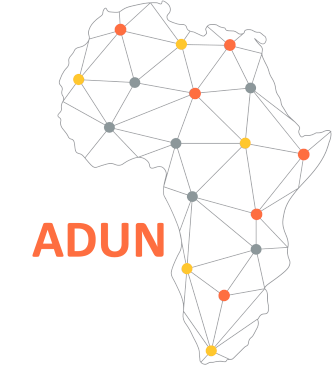Innovating in Higher Education: The role of Information and Communication Technology in teaching and learning.
Dr James Njenga, University of the Western Cape
Information and Communication Technology (ICT) has influenced many areas of our live because their consistence innovation, the improvements they create in other non-ICT industries as well as the effect they are having on the development of critical infrastructure[1], [2]. Education is one of the non-ICT industries that has had its fair share of ICT-based innovations, where, true to the definition of entrepreneurship, it has evolved to create processes that combine the ICT and their existing capabilities (see for example [3], [4]). This combination has led some educational institutions to take advantage of ICT in their offerings and research. That is, entrepreneurial educational institutions have embraced the business concepts of combining their resources and capabilities, encouraging creativity and creating thinking within them, and encouraged some level of risks in order to solve some pressing challenges, and while doing that improving their income[5], [6]. Indeed, and true to the entrepreneurial spirit of ‘adapt or die’ (similar to publish or perish), higher education institutions have had to acclimatise to the new realities of ICT-based innovations in education[7]. This acclimatization has not been without its challenges, especially for HEIs with inadequate, unfair and unequitable sharing of resources; lag in adjusting to the innovative ways of teaching and learning with ICT, and the demand for new approaches of delivering quality education more efficiently and cost-effectively[4], [8].
These challenges cannot be truer in the South African context where the disparities in resources and opportunities for the students, the universities and the society as so wide and the need to bridge this disparities even more urgent. Placing ICT as an approach for bridging the disparities in the provision of (and access to education), and the inter- or multi-disciplinary approaches to both ICT use in education, and the creation of ICT-based entrepreneurial mind-set. In my presentation, I look at some of the opportunities ICT for education in an entrepreneurial university setting. I also look at some of the challenges and means of overcoming some of these challenges focusing on the ICT-based innovations that have could have an impact on the business model of the university.
References
[1] C. Zhang and X. Wang, “The influence of ICT-driven innovation: a comparative study on national innovation efficiency between developed and emerging countries,” Behav. Inf. Technol., vol. 38, no. 9, pp. 876–886, Sep. 2019.
[2] M. Del Giudice and D. Straub, “IT and Entrepreneurism: An On-Again, Off-Again Love Affair or a Marriage?,” MIS Q., vol. 35, no. 4, pp. iii–vii, 2011.
[3] E. L. Burd, S. P. Smith, and S. Reisman, “Exploring Business Models for MOOCs in Higher Education,” Innov. High. Educ., vol. 40, no. 1, pp. 37–49, Feb. 2015.
[4] P. Belleflamme and J. Jacqmin, “An Economic Appraisal of MOOC Platforms: Business Models and Impacts on Higher Education,” CESifo Econ. Stud., vol. 62, no. 1, pp. 148–169, Mar. 2016.
[5] K. Lahikainen, J. Kolhinen, E. Ruskovaara, and T. Pihkala, “Challenges to the development of an entrepreneurial university ecosystem: The case of a Finnish university campus,” Ind. High. Educ., vol. 33, no. 2, pp. 96–107, Apr. 2019.
[6] C. M. Clark and C. Harrison, “Entrepreneurship: an assimilated multi-perspective review,” J. Small Bus. Entrep., vol. 31, no. 1, pp. 43–71, Jan. 2019.
[7] K.-H. Huarng, A. Mas-Tur, and F. Calabuig Moreno, “Innovation, knowledge, judgment, and decision-making as virtuous cycles,” J. Bus. Res., vol. 88, no. February, pp. 278–281, Jul. 2018.
[8] G. Knezek and R. Christensen, “Extending the will, skill, tool model of technology integration: adding pedagogy as a new model construct,” J. Comput. High. Ed
